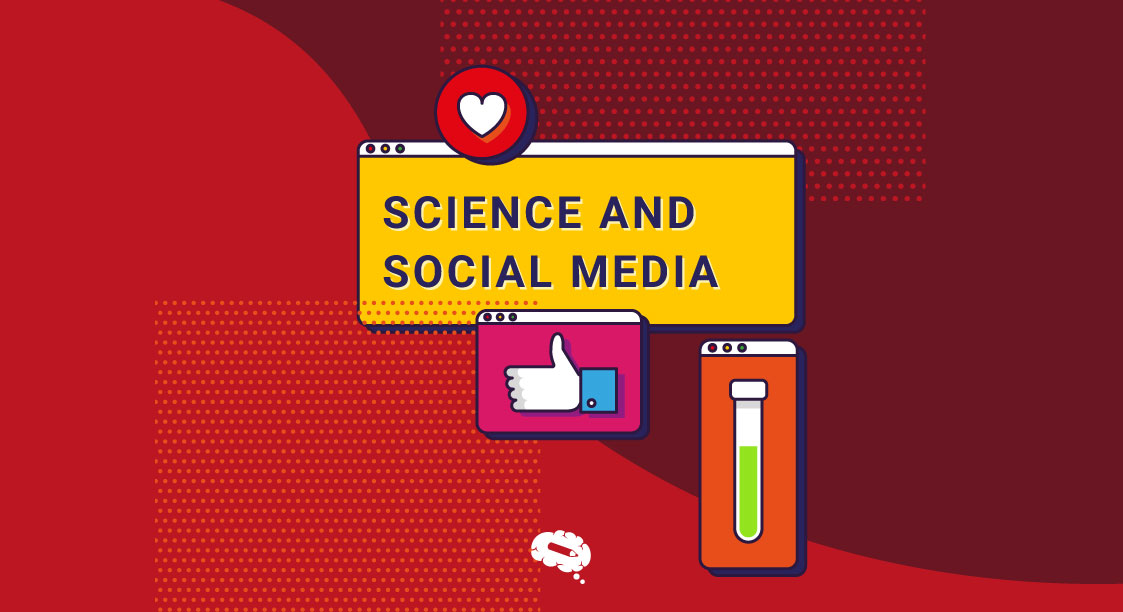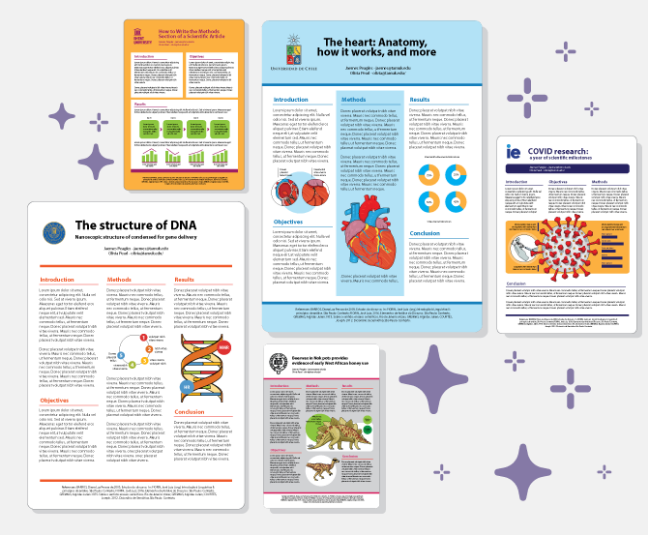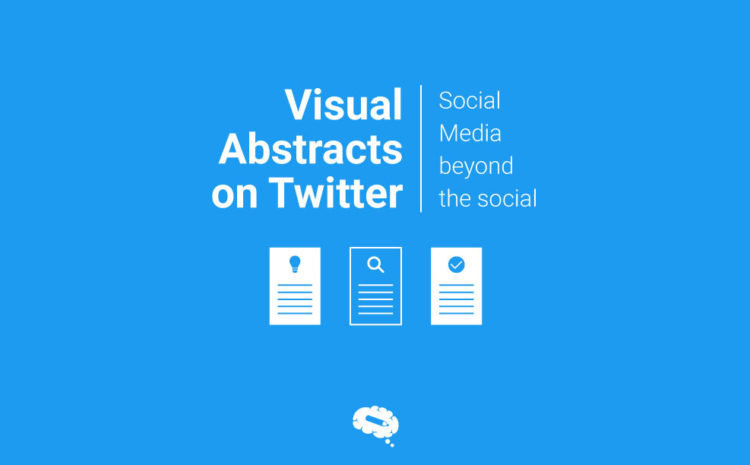In the twenty-first century, social media has transformed the way individuals communicate and exchange information. It has evolved into a strong instrument for connectivity from all over the world, as well as having a substantial influence on how scientific research is done, exchanged, and communicated to the public.
This article will investigate the importance of science and social media, as well as the opportunities and challenges that its usage presents in scientific research and communication.
How Are Science And Social Media Related?
Social media has grown in importance in the realm of science, with several advantages for researchers and the scientific community.
One of the primary benefits of social media is that it allows academics to communicate with one another, develop professional networks, and share their findings. Scientists may utilize social media to communicate their research results, assisting to increase the exposure and effect of scientific research by reaching a wider audience outside of the community.
Social media may also ease the exchange of data and resources, which can lead to more efficient and collaborative research, hence speeding up scientific discovery and reducing effort duplication.
Furthermore, social media may be utilized to engage academics from other disciplines who would not have had the opportunity to work otherwise. This might result in new research ideas and subjects as well as multidisciplinary approaches to scientific challenges.
Lastly, social media may serve to engage the public with science and develop scientific understanding, thereby increasing public trust and support for scientific research.
The Importance Of Using Social Media To Communicate Scientific Discoveries
Social media has the ability to boost the effect of research and promote scientific understandability by interacting with a larger audience, obtaining real-time feedback, and improving public awareness of science. There have been several instances where social media has significantly advanced science, demonstrating its importance:
- Ebola outbreak in West Africa: During the 2014 Ebola epidemic in West Africa, social media was used to track disease transmission and to disseminate preventive and treatment information. Social media was utilized by scientists and public health professionals to communicate with one another and with the public, as well as to coordinate their response to the outbreak.
- Monitoring earthquakes: Social media has been employed to monitor earthquakes and other natural catastrophes. For example, during the 2011 earthquake and tsunami in Japan, Twitter was used to communicate disaster information and find missing people.
- CORD-19 (COVID-19 Open Research Dataset): The CORD-19 dataset is a collaborative effort by scientists, researchers, and technology companies to provide a complete resource for COVID-19 scientific research. The initiative started on social media in 2020, when researchers issued a call to action on Twitter, asking for assistance in assembling a collection of scientific research on COVID-19.
Science And Social Media Initiatives
The growing use of social media and other online platforms for scientific communication has also resulted in a wide range of initiatives to better comprehend the influence of science and social media.
Altmetric
Altmetric, a method of quantifying the influence of research outputs on social media, news media, blogs, and other online platforms, was one of them. It provides a more comprehensive representation of the attention that research is receiving. Read “Altmetric: The ultimate guide to enhancing your research visibility” to understand more.
Impactstory And The Open Science Framework (OSF)
Impactstory and the Open Science Framework (OSF) as well, these two web-based platforms that serve for organizing and distributing research results. Impactstory focuses on alternative measures for assessing research impact, such as social media mentions, downloads, and citations, whereas OSF focuses on tools for organizing and distributing research projects, such as preprints, data, and software.
Misinformation And Fake News On Social Media
Misinformation and fake news on social media are serious and developing challenges. Misinformation is the purposeful broadcast of incorrect or misleading information, whereas fake news is the deliberate spread of false or manufactured stories.
Social media networks have been chastised for their part in the propagation of misinformation and fake news, and have started to develop a number of counter-measures.
For example, some platforms have introduced fact-checking procedures and decreased the exposure of information that has been identified as fake or misleading. Others have standards in place that restrict particular types of misinformation or require labels to be placed on posts containing disputed material.
However, tackling the challenge of misinformation and fake news on social media necessitates a complex and time-consuming strategy. Improving media literacy, fostering responsible information sharing, supporting independent fact-checking organizations, and making platforms responsible for their role in the dissemination of misinformation and fake news are all alternatives for dealing with these serious and concerning challenges.
Over 75,000 Accurate Scientific Figures To Boost Your Impact
Using figures may help you boost the impact of your research, and doing so with the proper tool can make your job much simpler. Check out Mind The Graph and get to know this great tool that gives you over 70,000 figures to help you make your research an outstanding one.

Subscribe to our newsletter
Exclusive high quality content about effective visual
communication in science.






